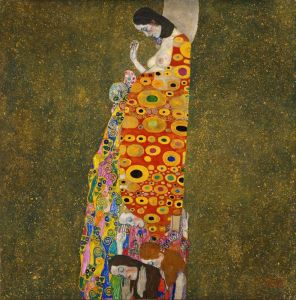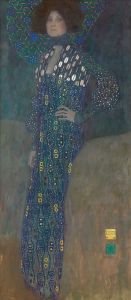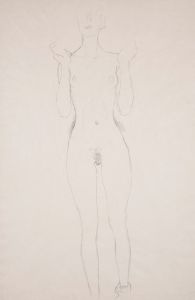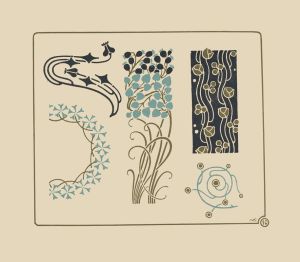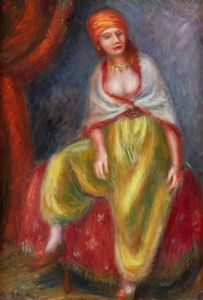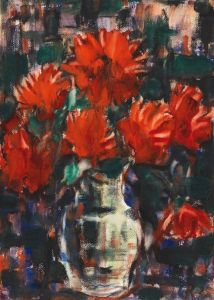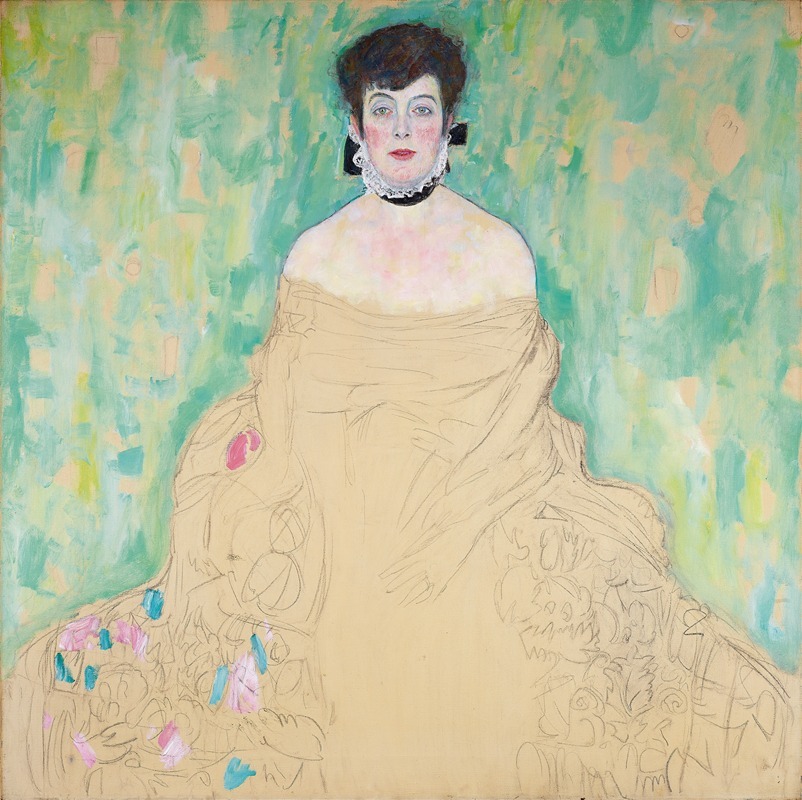
Amalie Zuckerkandl
A hand-painted replica of Gustav Klimt’s masterpiece Amalie Zuckerkandl, meticulously crafted by professional artists to capture the true essence of the original. Each piece is created with museum-quality canvas and rare mineral pigments, carefully painted by experienced artists with delicate brushstrokes and rich, layered colors to perfectly recreate the texture of the original artwork. Unlike machine-printed reproductions, this hand-painted version brings the painting to life, infused with the artist’s emotions and skill in every stroke. Whether for personal collection or home decoration, it instantly elevates the artistic atmosphere of any space.
Amalie Zuckerkandl by Gustav Klimt is a notable but unfinished portrait by the renowned Austrian painter Gustav Klimt. Klimt, a leading figure in the Vienna Secession movement, is celebrated for his distinctive style that often combines symbolic subject matter with elaborate ornamentation. This particular work is part of his series of portraits of women from Vienna's upper-middle class, which he painted during the early 20th century.
Amalie Zuckerkandl, the subject of the portrait, was the wife of Otto Zuckerkandl, a prominent Viennese urologist. The Zuckerkandls were part of the Jewish bourgeoisie in Vienna, a community that played a significant role in the cultural and intellectual life of the city during this period. Amalie was known to be a part of the vibrant social circles that included artists, writers, and intellectuals, which likely led to her acquaintance with Klimt.
The portrait of Amalie Zuckerkandl was commissioned around 1917-1918, during the final years of Klimt's life. Unfortunately, Klimt passed away in 1918, leaving the painting unfinished. Despite its incomplete state, the portrait is a testament to Klimt's skill in capturing the personality and presence of his subjects. The work is characterized by Klimt's typical use of rich colors and intricate patterns, although the unfinished nature means that some areas of the canvas remain bare or only lightly sketched.
The painting is particularly significant as it reflects the turbulent times in which it was created. The end of World War I and the subsequent collapse of the Austro-Hungarian Empire marked a period of great change and uncertainty in Vienna. Additionally, the rise of anti-Semitic sentiments in Europe would later have tragic consequences for many of Klimt's Jewish patrons, including the Zuckerkandl family.
Amalie Zuckerkandl's fate was a tragic one. During the Nazi regime, she was deported to the Belzec extermination camp in 1942, where she perished. The portrait thus stands as a poignant reminder of the vibrant cultural life that once existed in Vienna and the devastating impact of the Holocaust on its Jewish community.
Today, the unfinished portrait of Amalie Zuckerkandl is held in a private collection. It continues to be of interest to art historians and enthusiasts alike, not only for its artistic merit but also for its historical context. The painting is often discussed in relation to Klimt's other works and the broader narrative of his career, as well as the social and political upheavals of early 20th-century Europe.
In summary, Amalie Zuckerkandl by Gustav Klimt is an unfinished yet significant work that captures both the artistic brilliance of Klimt and the historical complexities of its time. It remains a poignant symbol of a lost era and the enduring impact of art in preserving the memory of individuals and communities.






